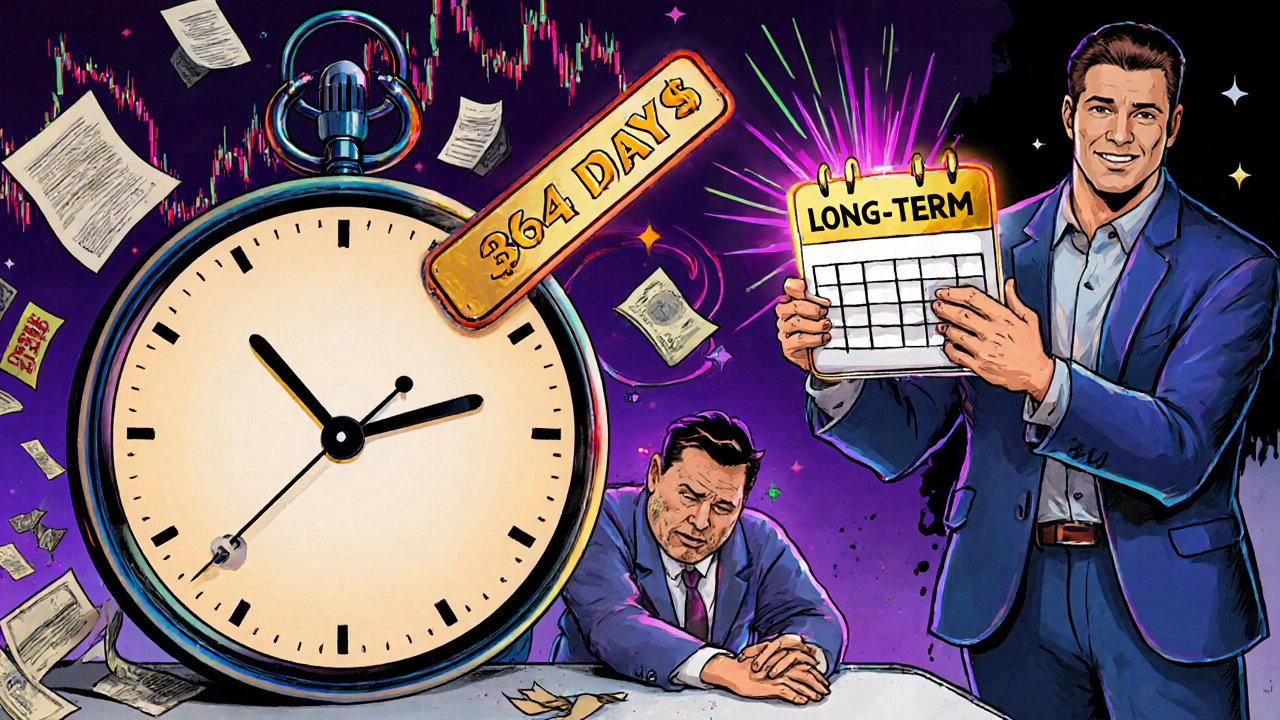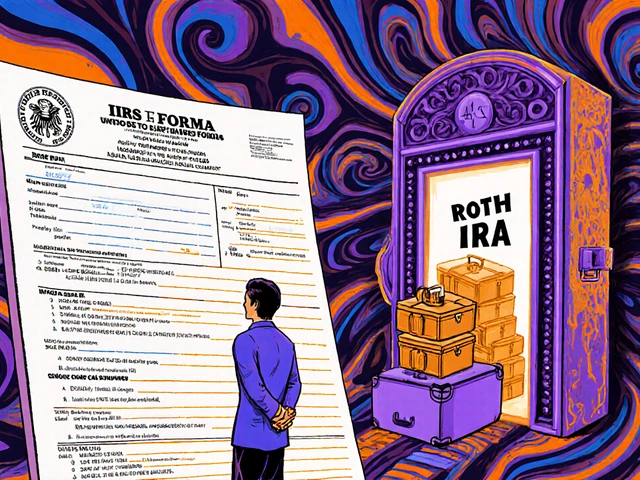Capital Gains Tax: What You Pay When You Sell Investments
When you sell an investment for more than you paid, the profit is called a capital gain, the profit from selling an asset like stocks, real estate, or crypto that you’ve held for investment. Also known as investment profit, it’s what the IRS taxes when you cash out — not when you hold. Most people think taxes only hit when they get a paycheck. But if you’ve bought and sold anything that went up in value — even a single share of stock — you’ve likely triggered a capital gains tax, a tax on the profit from selling an asset held for investment purposes.
The big divide? How long you held the asset. If you sold something you owned for less than a year, it’s a short-term capital gain, a profit from selling an asset held one year or less, taxed at your ordinary income rate. That means it gets hit with the same rate as your salary — maybe 22%, 24%, or even higher. But if you held it for more than a year, you get the long-term capital gains, a lower tax rate applied to profits from assets held over one year. For most people, that’s 0%, 15%, or 20%. That’s not a small difference — it can mean hundreds or thousands of dollars saved every year.
Here’s what most investors don’t realize: just because you didn’t get a 1099 doesn’t mean you didn’t owe tax. Brokers report sales, but if you traded crypto, sold land, or bought shares through a small platform, you’re still responsible. And if you’re reinvesting — say, rolling gains into new stocks — that doesn’t dodge the tax. The IRS sees every sale, every profit, every date. What you can control? Holding longer. Using tax-advantaged accounts like IRAs or HSAs to avoid taxes entirely. Or offsetting gains with losses through tax-loss harvesting, which the posts below show you how to do without overcomplicating it.
You’ll find real examples here — not theory. Posts that break down how selling a bond affects your tax bill, how international investing changes the rules, and why holding a stock for 367 days instead of 365 saves you money. You’ll see how charitable giving with appreciated assets cuts your tax burden, how rebalancing your global portfolio triggers gains, and why some people pay zero capital gains tax even with six-figure profits. This isn’t about avoiding taxes. It’s about paying what’s fair — and keeping what’s yours.





